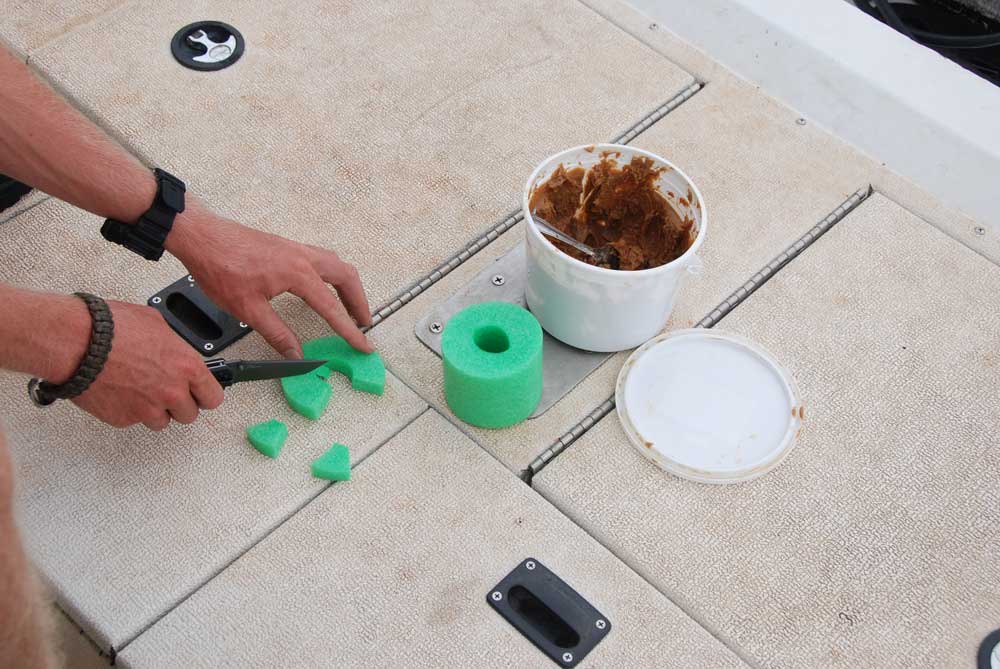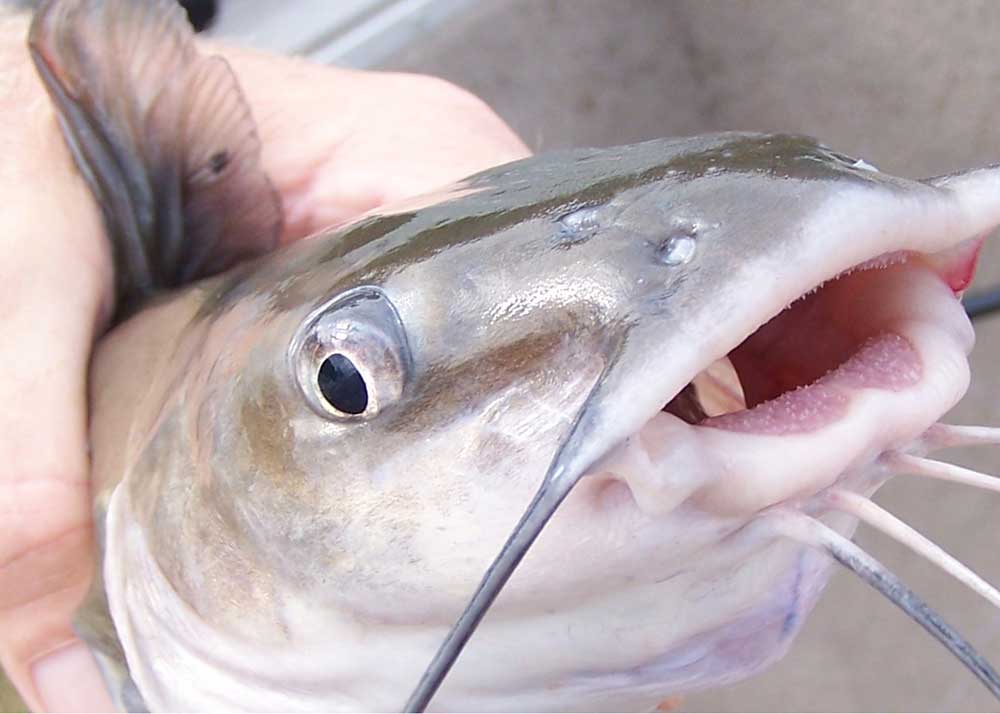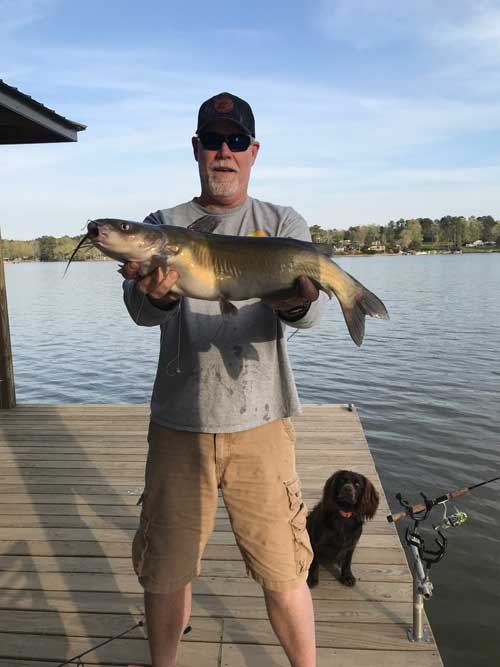Phillip Gentry

Ask any die-hard catfish angler about summertime catfishing and you’ll get some mixed answers – some like it and some don’t. Others will tell you water temperatures in the upper 70s and above isn’t the best time of year for catfishing with one exception – channel catfish.
Channel catfish often get a bad rap when it comes to catfishing circles because the fish rarely grow to sizes that interest trophy catfish anglers. A 10-pound channel catfish is a trophy in many locations but the norm across many areas of the country is somewhere in the two- to five-pound range. What channel catfish lack in the trophy size department, they more than make up for in the “good to eat” department.
Another reason channel catfish may be looked down upon is their willingness to eat almost anything you can stick on a hook. This ranges from live to cut baitfish to worms, shrimp and even more bizarre bait choices like chicken livers and hot dog wieners.

In the summertime, one of the best ways to catch these prolific fish is by using dip baits. “Dip baits” is the politically correct term for stink baits. Often concocted at home or in a storage building far away from human quarters, other dip baits are commercially produced and don’t reveal their true essence until the lid is removed out on the water.
One of the best strategies for targeting channel catfish with dip baits is to find an open water area where deep water meets shallow. If the wind, waves or current are pushing from shallow to deep, place the baits accordingly by positioning your boat on humps and points in water depths ranging from five to 20 feet and fan cast rods in all directions.
Medium to light tackle in the 10- to 15-pound range works best so as not to overkill the numbers for smaller catfish you will catch and also give you a decent chance of landing the 10-pound channel or 20- to 30-pound blue catfish that you might catch.

Dip baits will not stay on a hook by itself and needs a medium to adhere to. Dip baits have the consistency of peanut butter and will stick to soft porous materials like a sponge or the soft plastic mesh devices you can buy at the local bait shop.
If you have to go to work the next day, you may want to wear rubber gloves of some sort when handling the stinky concoction. The only way to get the smell of a good dip bait off your hands is to wear it off. Of course, the harder it is to get the smell of the stinky bait off your hands, the better the dip bait.
As channel catfish also reside in many rivers, dip bait fishing is an effective tactic in moving water as well. The primary difference with using this tactic in moving water is you will have to reel in and check the bait more often because current will wash the bait off. You’ll also do better to throw the bait up current from where you think the catfish are and let the scent wash down to them.
The appeal of dip baits for the channel catfish is that the loud odor appeals to the fish’s keen sense of smell. Channel catfish are often referred to as scavengers, but that label is mostly a misnomer, owing largely to the channel catfish’s highly developed olfactory senses.
Catfish have olfactory pits on each side of their head. Each pit has two nostrils. Water comes in one nostril and goes out the other. The olfactory pit has folds inside that are lined with sensitive tissue for detecting food. In comparison, a rainbow trout has about 18 folds while a largemouth bass has roughly a dozen. Channel catfish have 140 of these folds in each nostril, granting it the capability to detect one part food in 10 billion parts water.
Before applying dip bait to the medium, place it on the hook. Most anglers use a Carolina-rig with ½ to ¾ ounce weight and a leader of 1½ to three feet in length. Commercial dip baits are sold in jars or buckets with resealable lids. Drop the hooked bait into the jar or bucket and use a stick or spoon to smear the bait onto the noodle.

When casting the bait, it is common for some of the dip bait to fall or sling off. Think of this as helping to chum the area. Fan cast numerous baits around your position and give each about 15 minutes before checking and re-baiting. If you haven’t gotten a bite in 20-30 minutes, it’s time to relocate.
If you are fishing with a buddy, it’s best to stay on their off-hand side. For instance, if you're on the right side of a right-handed angler, you may get a face full of dip bait every time they cast. It goes without saying you should make sure your fellow angler is not on your off-hand. Just saying.
There are as many ways to fish dip bait as there are dip baits. Some like to fish a taut line, while others prefer to leave a lot of slack. If I am fishing water with slow current, I enjoy a lot of slack. There is just something about watching the line twitch and then the slack slowly disappearing. Of course, you often have to reel up slack to set the hook, but it is a blast.
This summer, load up a few poles and some dip bait. Throw a little firewood and a cooler in the truck and head to the lake. Build you a fire, enjoy a beverage and watch the stinky dip bait work its magic. It’s a great time to share with friends and at the same time put a few more fish in the freezer.































